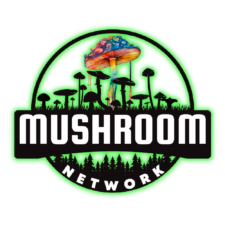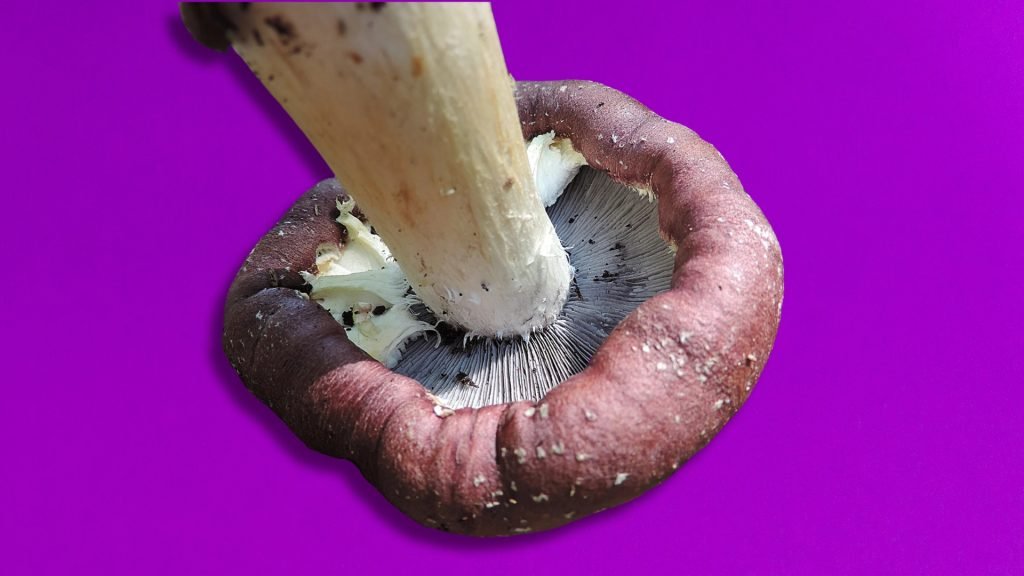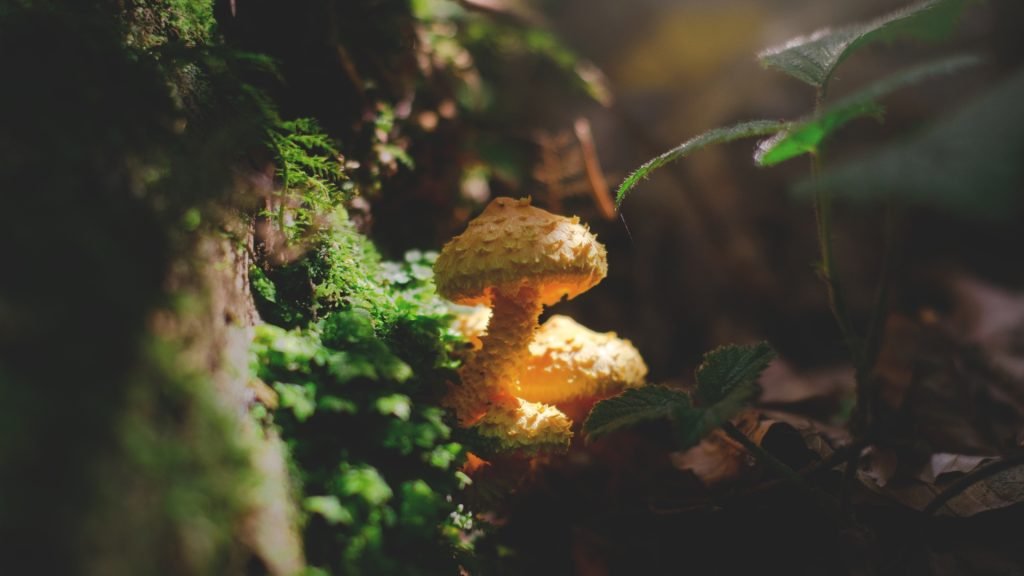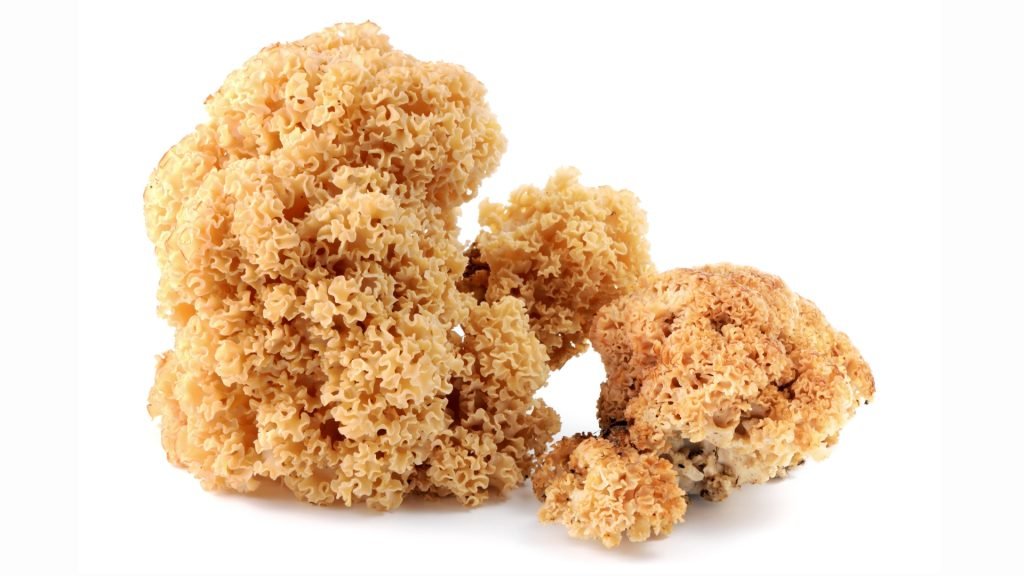Ahoy, Patrons of the 🍄 Mushroom Network! Let's set the spore-print straight:as much as we love a good fungal foray into the depths of mycological mystery, let's get our legal gills in order, shall we? Our endlessly growing treasure trove of articles is designed for your educational enlightenment and mycological research endeavors, not to act as an accomplice in any unlawful underworld expeditions. Ergo (yes, we're using 'ergo'), we explicitly do not endorse, encourage, or in any way glamorize illegal or unsafe activities related to fungi.You, esteemed reader, are solely responsible for adhering to local and international statutes concerning those ever-mysterious psychoactive fungi. And a pro tip: Prior to nibbling on nature's niblets, get the green light from an actual healthcare provider. Our content is strictly not a substitute for professional medical advice. Just to reiterate, for those in the back—we do not advocate personal use of these complex organisms, but we do want to expand your cerebellum with scholarly facts.Any fungi-fueled escapades you engage in based on our content are undertaken at your own legal and personal risk. We disclaim any liability for mishaps, misadventures, or—Heaven forbid—misdemeanors you may find yourself tangled in. So, in the spirit of both safety and legality, please let caution and due diligence be your co-pilots in all your mycological endeavors. After all, we want you free and curious, not 'cuffed and queried. Consider yourselves officially, yet humorously, forewarned. 😄
Greetings, ye seekers of fungal wisdom! Prepare to embark on an intellectual journey that promises to be as intricate as the mycelial networks beneath your feet. We’re not just “mushrooming around“—this article aims to unveil the hidden world of fungal genomics, shedding light on how studies in this realm are rewriting the DNA, or rather, the RNA of our understanding. Trust us, by the end, you’ll think that Coprinopsis Cinerea and Saccharomyces Cerevisiae are just as cool as those comic book mutants!
Think fungi are simple? Think again. These complex organisms are the subjects of equally complex genetic studies that are revolutionizing our understanding of biological systems. From altering pathways for biofuel synthesis to unveiling mechanisms of cellular regeneration, genomic research on fungi is where it’s at.
Beneath the seemingly uneventful umbrella of a mushroom cap lies a universe so complex, it makes solving a Rubik’s Cube look like child’s play. Today, we’re focusing on the genetic goldmines that are Coprinopsis Cinerea (the charismatic Inky Cap) and Saccharomyces Cerevisiae (the ever-popular Brewer’s Yeast). So strap on your intellectual seatbelts, Patron, because we’re about to take you on a helical ride through fungal DNA!
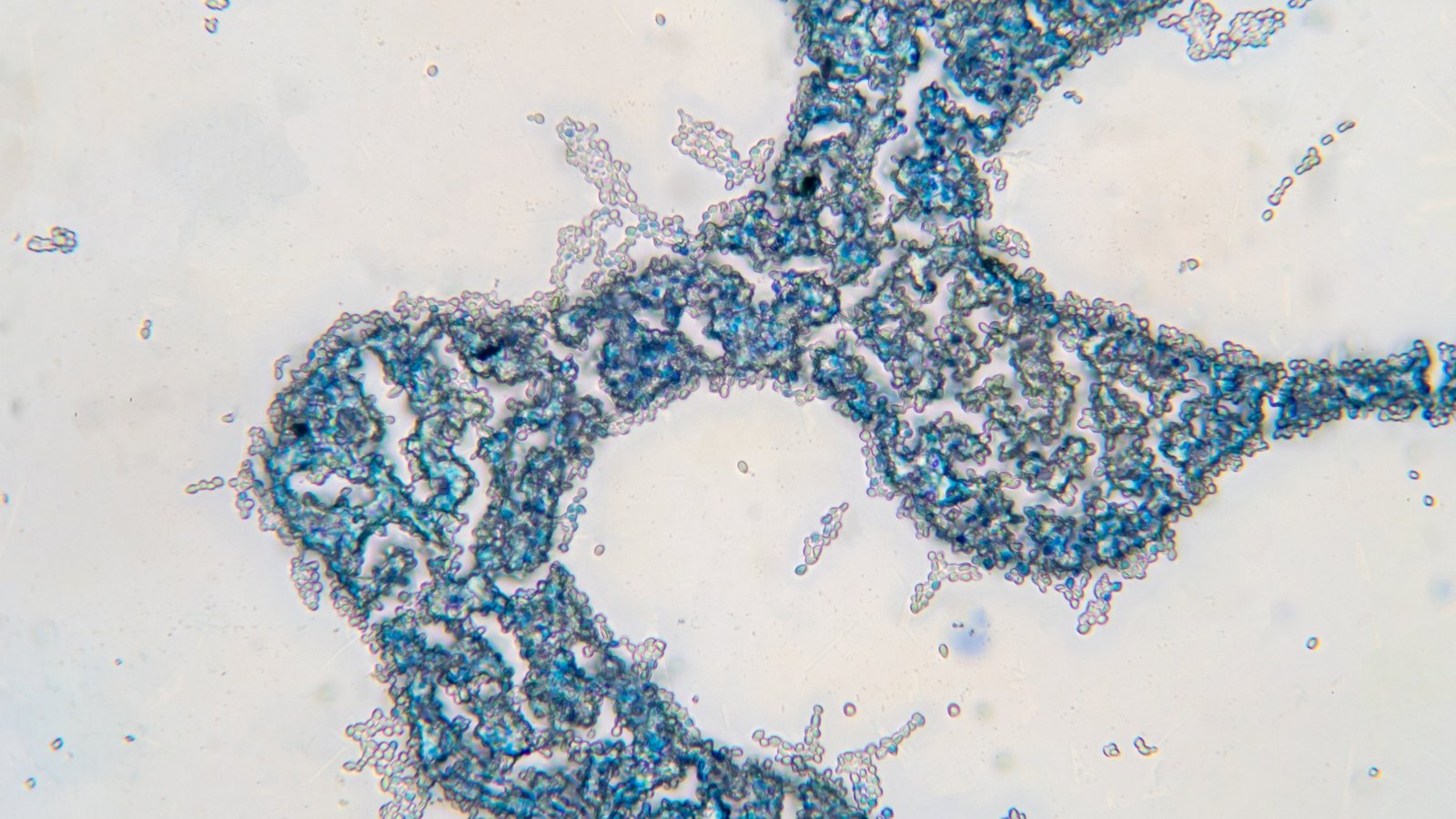
Sporulating Secrets: Unmasking Fungal Genetics:
Genomic studies in fungi are not just an academic exercise. They’re practically applicable and revolutionary. For instance, research on Coprinopsis Cinerea has offered insights into meiotic recombination. What’s that you ask? Simply put, it’s the process that ensures genetic diversity. Through a natural ‘mix and match’ system, fungi manage to adapt and survive in various ecological settings.
And what about Saccharomyces Cerevisiae? This Brewer’s Yeast is not just for making your favorite ale. By studying its genome, scientists have gained insights into cellular division and even human diseases. It’s the yeast that keeps on giving!
You know what they say, “A mushroom a day keeps the doctor away.” Okay, no one says that. But they should, especially when considering the arsenal of antibacterial compounds fungi have up their, ahem, gills. Coprinopsis Cinerea, for example, has shown the ability to produce unique proteins that inhibit bacterial growth.
While we may often look for genetic answers in more complex life forms, it turns out the fungi among us are treasure troves of data. Studies have shown that many gene clusters responsible for fungal defense mechanisms are evolutionarily conserved, meaning they’ve been around for a long time. Fungi are practically the ancient warriors of the microbial world!
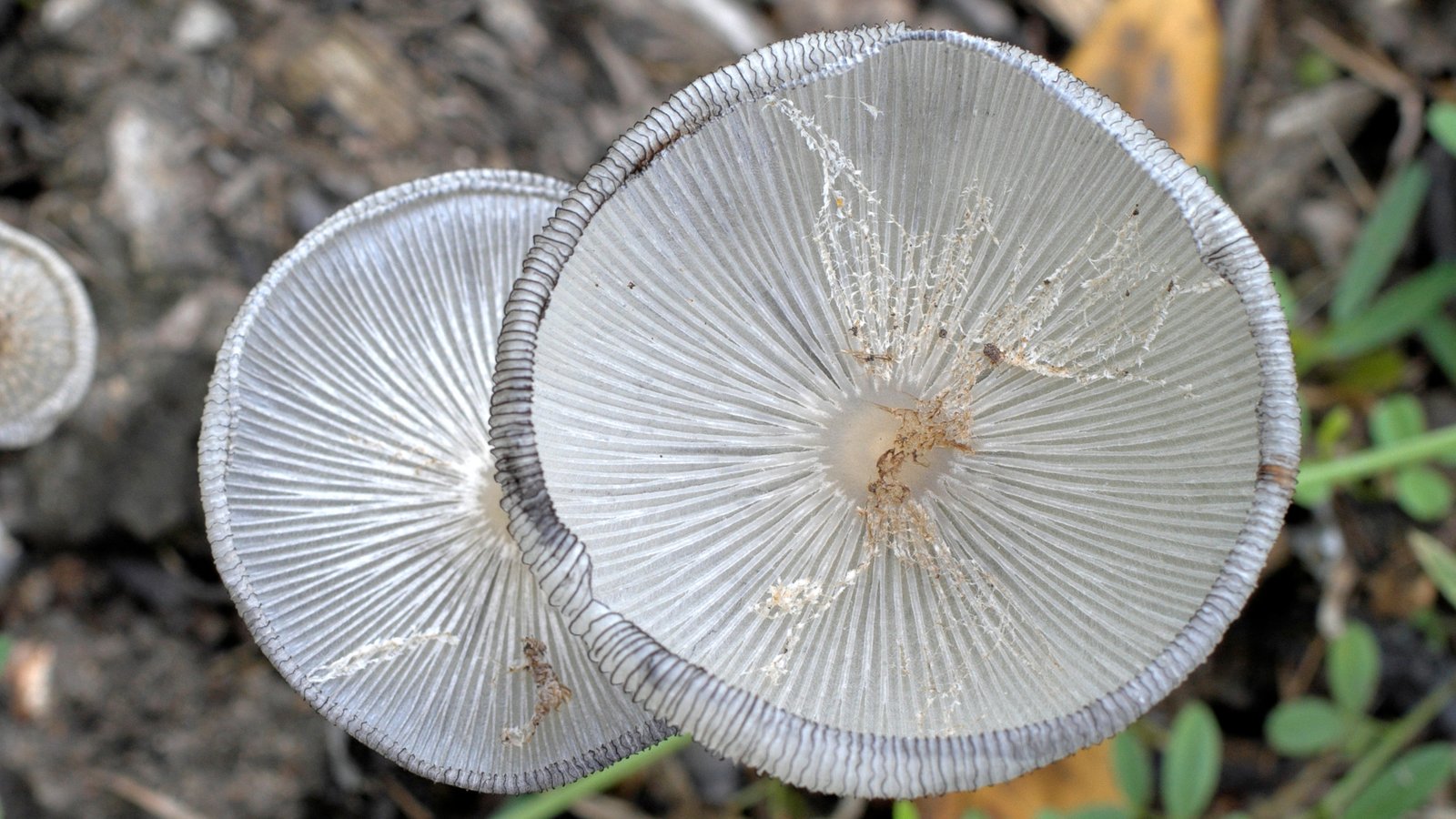
Mycelial Mosaics: The Code Within:
While it’s easy to picture fungal genetics as a jigsaw puzzle, the real picture is far more intricate. Picture a 4D puzzle instead—layered, time-sensitive, and multi-faceted. Take Coprinopsis Cinerea; its genome is assembled into 13 chromosomes. No small feat for a simple mushroom, eh?
And Brewer’s Yeast? Ever heard of the term “polyploid?” It’s the presence of more than two paired sets of chromosomes. Yep, Saccharomyces Cerevisiae can have multiple sets of chromosomes, making it a genomic marvel.
The implications of these genomic complexities are astronomical. Whether it’s for bioremediation or synthetic biology, understanding the nitty-gritty of these fungal genomes is like holding a molecular cheat sheet for science.
But it’s not all “saccharine” in the Saccharomyces Cerevisiae world. Its genome also carries essential data on metabolic pathways and even stress response mechanisms. Imagine a yeast that knows how to chill under pressure. Now that’s something to toast to!
The universe of mushrooms is expansive, each variant bearing its own unique charm and characteristics. The Marketplace on the 🍄 Mushroom Network is a testament to this diversity. It is a haven for those seeking a deeper understanding of the magical world of mushrooms. If you’re keen on learning more about this type of mushroom and other mushroom variants, this Marketplace is your ultimate resource.
No posts found!
Woah there, eager beaver! 🦫 The 🍄 Mushroom Network’s Marketplace is a smorgasbord of mycological marvels, but it’s VIP access only! 🔐 Log In or Become a Myco-Patron (Yup, still FREE!) to see what all the fuss is about. Trust us, you’ll want in on these shroomy shenanigans! 🍄🎉

Hyphal Highways: Connecting the Dots:
Genomic studies of fungi are not limited to just understanding the organism itself. They’re vital for recognizing how fungi interact with their environment. After all, they are the ecological linchpins that help decompose organic matter and cycle nutrients. And what’s more, they are the architects of the world’s largest biological network—the Wood Wide Web. No, not a typo!
In the case of Coprinopsis Cinerea, its genome has shown fascinating traits that relate to the decomposition of lignin, the substance that makes wood woody. Yes, your chair wouldn’t exist without lignin, and that fungus is an expert in breaking it down.
Saccharomyces Cerevisiae also gets into the act, being a model organism for understanding cellular responses to environmental changes. We’re talking about stress responses, nutrient sensing, and so much more. Essentially, this yeast is the guidance counselor of the microbial world, always ready to adapt and advise.
Not sure where to start? The 🍄 Mushroom Academy offers a wide range of courses tailored to your needs. Whether you’re a beginner eager to learn or an experienced mycologist looking to broaden your knowledge, the 🍄 Academy has something for everyone.

Myco-Mindbenders: A Conscious Conclusion:
To sum it up, the realm of fungal genomics is as wild and mysterious as the deep forests where many of these fungi thrive. From Coprinopsis Cinerea’s remarkable role in ecological balance to Saccharomyces cerevisiae’s deep-seated relationship with human industry and health, genomic studies are unveiling exciting frontiers.
These aren’t just sporadic findings; they are the building blocks for monumental breakthroughs in science and medicine. So the next time you see a mushroom in your yard, give it a nod of respect. It might just be holding the secrets to the universe—or at least, to some really, really good beer.
Love what you’re reading? Make it FBO (Facebook Official) with us! 🤘🏼 Hit that subscribe button on YouTube, follow our Facebook Page, join our FB Group – Wood Wide Web, and chirp along with us on Twitter/X. While you’re at it, peep into the 🍄 Mushroom Network’s Marketplace—where our Network shelves change faster than a Pink Oyster (Pleurotus Djamor) pins!
Recommended Reads:
Song – “What Is A Patron”
🎤 “What is a Patron?” 🎤 Verse 1:What is a Patron? Let me think for...
Read More...Fungi’s Fab Five: The Most Photogenic Mushrooms
About This Article: Say cheese, fungi fans! Check out these photogenic mushrooms that are ready...
Read More...Cultivating Cordyceps: A Guide for Beginners
Delving into the realm of fungi, Cordyceps stand out with their unique growth and medicinal...
Read More...Fungal Pharaohs: Mushrooms as Gods in Ancient Societies
Imagine a world where mushrooms aren’t just food or medicine, but gods. Throughout history, ancient...
Read More...Whoa there, Spore Sport! 🍄 Looks like you’re not logged in yet. Don’t you know what you’re missing? MYCO-CREDITS! Imagine all the fungal fun you could have. It’s like finding a Morel in May and not picking it. Tragic, right? Log In or Become a Myco-Patron and start racking up those credits. It’s more rewarding than finding a mushroom in your backyard! 🌟🏡
